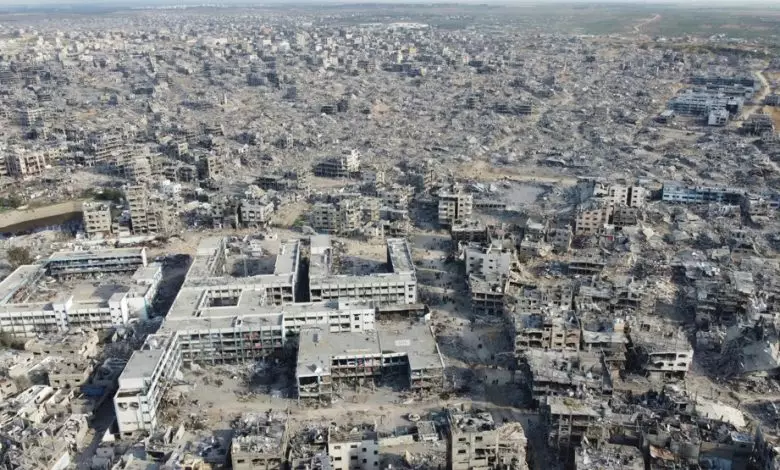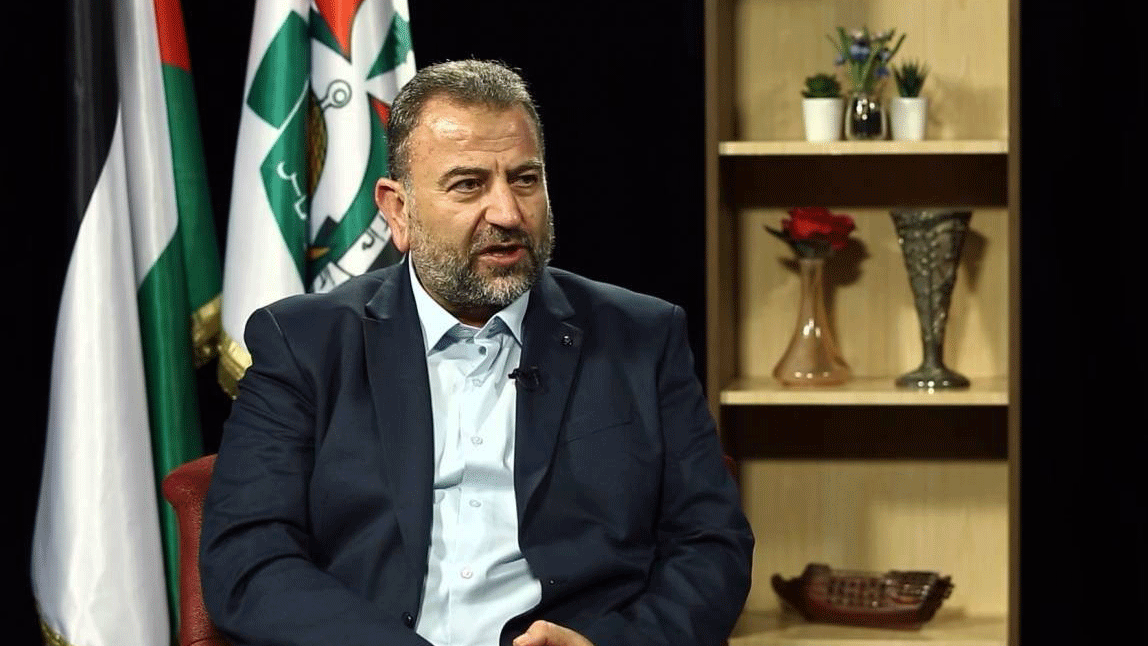UN issued a warning, highlighting the extensive period required to restore life in Gaza
The United Nations has indicated that the reconstruction efforts in the conflict-ravaged Gaza Strip will require a significant amount of time, despite the initiation of humanitarian aid deliveries to the area. This development follows a ceasefire agreement reached between Israel and the Palestinian resistance group, Hamas.

On Tuesday, Sam Rose, the acting director of the United Nations Relief and Works Agency for Palestine Refugees in the Near East (UNRWA) in Gaza, emphasized the critical necessity of tackling the extensive humanitarian, social, and economic issues affecting the residents of Gaza.
In a statement to the BBC, Rose emphasized the comprehensive scope of recovery efforts, stating, “This is about more than just food, healthcare, buildings, roads, and infrastructure. We are facing the challenge of rebuilding individuals, families, and communities.”
In the aftermath of a ceasefire and a prisoner release accord between Israel and Hamas implemented on Sunday, the United Nations has confirmed that more than 1,545 humanitarian aid trucks have successfully crossed into Gaza.
Rose observed that the end of active hostilities has facilitated the more efficient distribution of aid, removing the necessity for coordination with Israeli officials. “Today, we have not encountered significant issues related to looting or criminal activity,” he remarked.
He warned that focusing exclusively on the amount of aid provided to Gaza could be misleading, emphasizing that the extent of devastation is overwhelming.
A United Nations damage assessment report has revealed that the removal of over 50 million tonnes of debris resulting from Israel’s airstrikes could span 21 years and incur costs reaching $1.2 billion.
A United Nations report released in October indicated that the reconstruction of homes in Gaza, severely damaged, might not be completed until at least 2040, with the possibility of extending for several decades. It is believed that the debris contains asbestos contamination, as some of the refugee camps targeted during the conflict were constructed using this hazardous material.
According to the United Nations Satellite Centre (UNOSAT), satellite imagery analysis indicates that approximately two-thirds of Gaza’s pre-war infrastructure has sustained damage or been obliterated, amounting to over 170,000 buildings. This destruction accounts for roughly 69% of all edifices within the region. Presently, more than 1.8 million individuals are facing an acute shortage of emergency shelter provisions.
According to a joint report by the United Nations and the World Bank, infrastructure damage as of late January 2024 has been appraised at $18.5 billion. This estimate encompasses the destruction across residential, commercial, and essential service sectors, with damages reportedly continuing to rise beyond this assessment.
Palestinian sources report that ongoing hostilities have led to extensive damage across key infrastructures, affecting over 200 government buildings, 136 educational institutions, 823 mosques, and three churches.
The Israeli offensive on Gaza, commencing on October 7, 2023, has resulted in the deaths of at least 47,035 Palestinians, while injuring 111,091 individuals, according to recent reports.
The death toll is on the rise as families make their way back to what were once their homes, sifting through debris in hopes of recovering the remains of relatives after the ceasefire took effect. According to the Palestinian Ministry of Health, approximately 10,000 bodies remain missing and are believed to be buried under the ruins.




